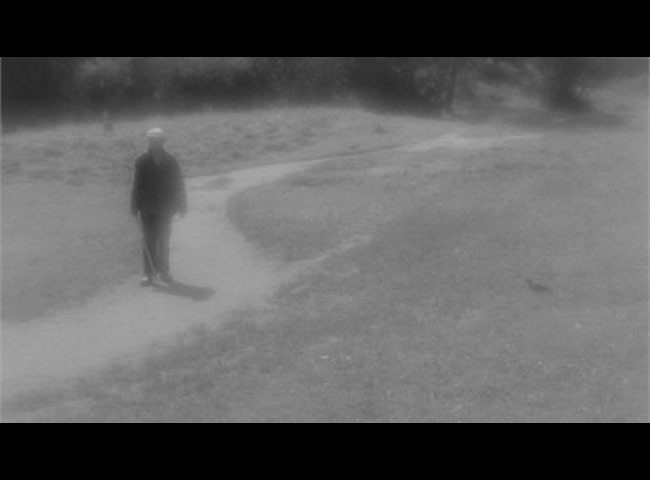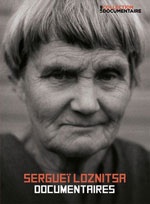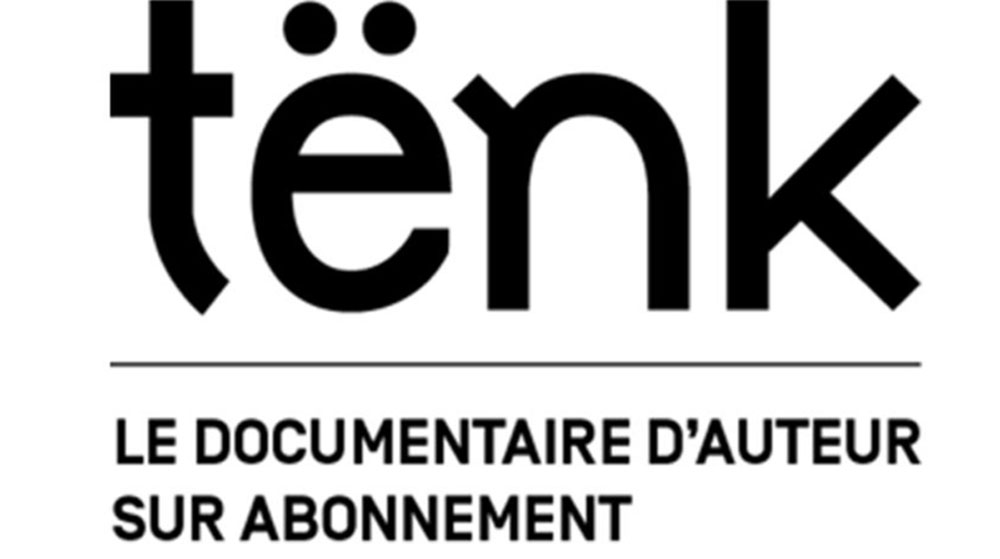La Lettre
-
Réalisé par Sergueï Loznitsa • Écrit par Sergueï Loznitsa
-
Russie • 2012 • 20 minutes • Beta digital • Noir & Blanc
- Réalisation :
Sergueï Loznitsa - Écriture :
Sergueï Loznitsa - Image :
Pavel Kostomarov - Son :
Vladimir Golovnitski - Montage :
Sergueï Loznitsa
- Production (structure) :
Atoms & Void - Ayant droit :
Atoms & Void
- N° ISAN :
non renseigné
Résumé
Dans un village isolé au Nord-Ouest de la Russie, un asile psychiatrique prend place dans une vieille maison en bois. Le lieu et ses habitants semblent préservés de la civilisation. Dans cet espace des origines, aucune voix humaine distincte n'est entendue et la douleur est adoucie.
"Dans un noir et blanc splendide dans lequel le halo autour du blanc évoque à la fois la brume campagnarde et la qualité fantomatique de ces âmes, un groupe d’hommes et de femmes vaque à ses occupations, caressant une vache qui s’attarde près du perron d’une grande maison de bois, fumant à l’extérieur, écoutant l’un des leurs jouer de l’accordéon. Ce métrage tourné il y a dix ans devant un asile psychiatrique rural du Nord-Ouest de la Russie rappelle La Colonie du même Loznitsa (2001), mais il en creuse l’étrangeté par un parti-pris sonore saisissant : à la fois très présent et feutré, le son non-dialogué, au lieu de bâillonner ces figures énigmatiques, amplifie leur envergure, les rendant emblématiques. L’intention avouée de Loznitsa de parvenir par son cinéma, qu’il soit documentaire ou fictionnel, à "décrire le phénomène de l’homo sovieticus et son territoire natif", transmet avec force, par des voies d’abord sensorielles, un alliage de souffrance et d’anonymat, une matière sonore gonflée d’histoires individuelles violentes, jamais racontées, comme si un désespoir séculaire interdisait qu’elles soient un jour articulées."
(Charlotte Garson, Cinéma du réel 2013)
"In a magnificent black and white, where the halo surrounding the white recalls coun- tryside mists and the ghostlike quality of the characters, a group of men and women go about their daily work... stroking a cow lingering near the steps of a large wooden house, smoking outdoors, listening to one of them playing the accordion. This foot- age, shot ten years ago in front of a rural psychiatric hospital in north-western Rus- sia, recalls The Settlement also by Loznitsa (2001), but here he delves into its strangeness through a striking approach to sound: at the same time present and muffled, the dialogue-free sound, rather than silencing these enigmatic figures, increases their stature and lends them a symbolic dimension. Loznitsa’s avowed intention to use his cinema, be it documentary or fiction, to “describe the phenomenon of the homo sovieticus and his native land”, forcefully conveys, mainly through the senses, a combination of suffering and anonymity, a texture of sound brimming with violent personal stories never recounted, as if a century-old despair had barred them from ever being told."
(Charlotte Garson, Cinéma du réel 2013)
Mot(s)-clé(s) thématique(s)
À propos du film
Sélections et distinctions
- 2013 • Cinéma du réel • Paris (France) • Compétition Internationale courts métrages





